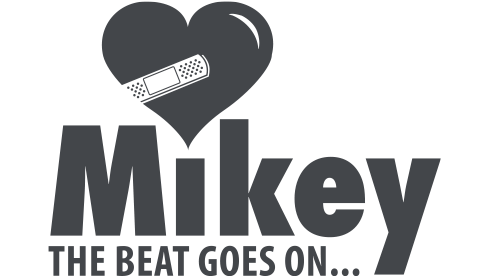
This week’s Fitness Post is brought to you by personal trainer Igor Klibanov from Fitness Solutions Plus.
If you perform resistance training (AKA strength training, weight training, etc.) on a regular basis, chances are that you organize your workouts in one of two ways:
1. You do straight sets. In other words, you do an exercise, rest, and repeat the same exercise.
2. You do circuit training. In other words, you do one exercise, then move on to the next, and so on. Once you’re done all the exercises you had, you repeat the entire sequence.
But there is one other way of training. It’s called “supersets.” Supersets are when you perform 2 exercises for opposing muscle groups back to back. A classic example might be to do an exercise for the chest, followed by an exercise for the back.
One major advantage of supersets is that you can get a lot more done , compared to straight sets. Think about it this way: you do your exercise for the chest (like pushups), and the more repetitions you do, the more tired you get. So you have to rest long enough for your chest muscles to recover before you can do that exercise again. So while your chest is resting, why not do an exercise for a muscle group that is fresh? Because when you’re working the fresh muscle group, the chest gets a chance to rest.
When you pair up exercises to work opposing muscle groups, you take it a step beyond. You see, muscles naturally work in opposites. When one shortens, the muscle on the opposite side lengthens. Flex your biceps, and your triceps lengthens. Flex your triceps and your biceps lengthens (by the way, a technical, geeky note: the words “bicep” and “tricep” do not exist. There is always an ‘s’ at the end. Always. Even if you’re referring to just one arm.)
The major advantage of this is by working opposing muscle groups, they recover faster than if you were simply resting. For instance, working biceps, and then triceps will help the biceps recover faster than if you were just working biceps and then resting.
The same applies everywhere else in the body.
So if you want to get a lot more done in the time that you have (thereby really speeding up your metabolism), give supersets a try. If you want specific exercises to use, you can get my seminar, Strength Training for Beginners.
Quick Summary
3 of the most common ways of organizing your workouts are:
- Straight sets. In other words, you do an exercise, rest, and repeat the same exercise.
- Circuit training. In other words, you do one exercise, then move on to the next, and so on. Once you’re done all the exercises you had, you repeat the entire sequence.
- Supersets. Supersets are when you perform 2 exercises for opposing muscle groups back to back.
The major advantages of supersets are:
- You can get more done in the same amount of time
- You speed up recovery










